Top image: Negotiating Table of the Locarno Treaties. Locarno, Switzerland, October 16, 1925. Library of Congress https://www.loc.gov/item/2021670573/
The Locarno Pact, or the Treaties of Locarno, were a series of treaties negotiated in October 1925 in the lakeside resort of Locarno, Switzerland, and signed on December 1, 1925, in the Foreign Office in London.
Although not as well-known as the Treaty of Versailles (1919) or the Molotov-Ribbentrop Pact (1939), the Locarno Pact was a moment of hope and promise in the interwar years that was called “the Spirit of Locarno.” The Pact led to Germany accepting the terms of the Versailles Treaty and the boundaries established between France and Germany. As noted diplomatic historian A.J.P. Taylor wrote in The Origins of the Second World War (1961): “Its signature ended the first World War; its repudiation eleven years later marked the prelude to the Second.”¹
The years following the signing of the Treaty of Versailles were a time of struggle to reestablish relations between Britain, France, and a reduced and humbled Germany. Making the situation particularly challenging was the fact that French troops occupied German cities in the Rhine Valley as Germany attempted to pay the “war indemnities” imposed by Versailles. In a moment of good fortune, from each of these countries emerged the three respective foreign ministers who were able to negotiate a series of eight treaties, the most prominent being “The Rhineland Pact,” as it came to be popularly known.
In Britain, Austen Chamberlain, son of longtime statesman Joseph Chamberlain and half-brother of Neville Chamberlain (who would later become prime minister), was appointed foreign secretary. Meanwhile, Gustav Stresemann, holder of a PhD on the rise of Berlin’s bottled beer industry, became foreign minister of the Weimar Republic. Stresemann was a skilled diplomat and driven worker, and Austen Chamberlin would later declare him “the greatest German since Bismarck.” Representing France was Aristide Briand, a former journalist, who entered politics in 1902. Briand, who served 11 terms as prime minister, was known as a great orator and had a talent for finding common ground among the fractious and numerous French political parties.
Stresemann shrewdly carried out a campaign to end French occupation of the Rhineland, gain some relief from reparation payments, and have Germany admitted to the League of Nations. His overtures to Briand and Chamberlain proposed that a new treaty be negotiated wherein Germany would accept its borders with France and Belgium and pledge to not resort to war in resolving differences with France. Britain would act as a guarantor of the proposed treaty. This last proposal greatly appealed to Briand as France had been seeking a military alliance with Britain since Versailles to counter a possibly resurgent Germany. Britain resisted any military alliance due to the rising popular belief that the Great War, as it was known, had been caused by the system of secret treaties and alliances among the Great Powers.²
Throughout the summer of 1925, Briand, Chamberlain, and Stresemann sent proposals and counterproposals, but it was not until September 26, 1925, that Germany agreed to a conference to be held in Locarno.
Locarno, a small city on the shores of Lake Maggiore in eastern Switzerland, is in the only Italian-speaking canton of Switzerland and had a reputation as a popular resort town. Miles Lampson, a member of the British Delegation to Locarno, wrote: “It is perfectly beautiful…a nice little town, rather Italian than Swiss in character, nestling under high mountains on the shores of the Lake.”³
Seven countries sent delegations to the conference in Locarno: Belgium, Britain, Czechoslovakia, France, Germany, Italy, and Poland. Italy was the only other “Great Power,” in addition to Britain, France, and Germany. Benito Mussolini, who had come to power as Il Duce in 1922, attempting to look the serious statesman rather than a blend of dictator and gangster, acted as Italy’s foreign minister as well as head of state.
Although the conference started on October 8, 1925, Mussolini did not appear until the 14th, two days before the conference ended. Perhaps this is just as well, as the atmosphere among Briand, Chamberlain, and Stresemann was pleasant and collegial. Mussolini’s mood did not improve when the journalists present in Locarno boycotted the reception Mussolini held for himself.
As a British Foreign Office history noted: “…for the first time at an international gathering since the end of the first World War the Germans were treated as equals by the former wartime allies. Unlike the London Conference of August 1924 when according to Lampson, the British and French Delegations had already carefully arranged everything before the Germans were admitted to face the chairman [of the Conference] ‘like prisoners at the bar’.”⁴
Unlike the diplomatic conferences prior to 1914, the Locarno Conference received extensive coverage by the popular press. Briand cleverly found a way to seclude the delegations from the press on October 10 by arranging a birthday celebration for Chamberlain’s wife aboard the Orange Blossom, a Swiss lake vessel used for parties. During the five-hour cruise, away from the press and the small army of legal advisers, Briand, Chamberlain, and Stresemann were able to make compromises and determine the circumstances under which Germany could join the League of Nations.
On October 16, 1925, the following seven treaties were concluded:
- The Treaty of Mutual Guarantee between Germany, Belgium, France, Great Britain and Italy (aka “The Rhineland Pact”);
- An arbitration treaty between Germany and Belgium;
- An arbitration treaty between Germany and France;
- An arbitration treaty between Germany and Poland;
- An arbitration treaty between Germany and Czechoslovakia;
- A draft collective note to Germany regarding Article XVI of the Covenant of the League of Nations⁵;
- A separate treaty between France and Poland; and
- A separate treaty between France and Czechoslovakia.
The last two treaties France signed with Poland and Czechoslovakia pledged mutual assistance in the event of conflict with Germany. These treaties reaffirmed existing treaties concluded by France with Poland in 1921 and with Czechoslovakia in 1924.
The Treaties were formally signed in a ceremony in the Foreign Office in London on December 1, 1925.
None of the Locarno Treaties committed Germany with respect to its eastern frontiers. As historian Zara Steiner noted, Czechoslovakia and Poland were “the losers” at Locarno, as there was no guarantee of borders similar to the Rhineland Pact.⁶ The Polish delegate was especially upset by the outcome.
Briand, Chamberlain, and Stresemann were all awarded the Nobel Peace Prize in 1926 for their successful negotiation of the Locarno Pact. Briand would also go on to sign the Kellogg-Briand Pact (1927), which condemned “recourse to war for the solution of international controversies and renounce it as an instrument of national policy in their relations with one another.” Mussolini was resentful that he was not also awarded the Nobel Prize, but he only arrived on the second to last day of the Conference and contributed nothing of substance.
AJP Taylor observed a flaw in the Locarno Pact that was not obvious to Briand, Chamberlain, and Stresemann in 1925, but in retrospect seems obvious. Britain and Italy were the guarantors of the Rhineland Pact, but Taylor argues that Mussolini’s inclusion weakened the Pact. In October 1935, Mussolini invaded Abyssinia (present day Ethiopia) in an attempt to expand Italy’s empire. This act violated the Covenant of the League of Nations, and Britain and France imposed economic sanctions on Italy. Italy’s war with Abyssinia continued into 1936, and Hitler, who had come to power in Germany in January 1933, saw an opportunity to remilitarize the Rhineland while the Locarno guarantors were at odds.
On March 7, 1936, Hitler remilitarized the Rhineland, repudiating the Locarno Treaties and asserting that the Franco-Soviet Treaty of Mutual Assistance, ratified by the French government in February 1936, violated the conditions of the Locarno Pact, although there were no provisions in the treaties regarding Eastern European alliances or the Soviet Union.⁷ Nineteen German infantry battalions marched into the Rhineland. If France alone had mobilized its army, it could have driven the German force out. But France looked to Britain, which in turn looked to Italy. Italy did nothing and did not respond to diplomatic messages. Britain and France consequently did nothing either.
By October 1936, Mussolini had entered into the “Rome-Berlin Axis” pact with Hitler, and Locarno had become unenforceable.
By then, Briand and Stresemann had died; Stresemann in October 1929, days before the Wall Street Stock Market Crash, and Briand in 1932. Only Chamberlain remained to see the end of the Locarno Spirit. And from 1934 until his death in 1937, he and Winston Churchill were two of the most prominent politicians calling for increased and faster rearmament to face the growing threat from Nazi Germany. Despite his important work at Locarno, Austen Chamberlain is generally overshadowed in history by his half-brother, Neville, known for his appeasement of Hitler at the Munich Conference.
Further Reading:
A.J.P. Taylor, The Origins of the Second World War (London: Hamish Hamilton, 1961).
Zara Steiner, The Lights That Failed: European International History 1919–1933, (Oxford: Oxford University Press, 2005)
Zara Steiner, The Triumph of the Dark: European International History 1933–1939 (Oxford: Oxford University Press, 2011)
Locarno 1925: The Treaty, the Spirit, and the Suite, History Notes, (London: Foreign and Commonwealth Office, 2nd edition, 2000)
Gordon Martel, ed. The Origins of the Second World War Reconsidered (London: Allen & Unwin, 1986; second edition, 1999).
Rene Albrecht Carrie, A Diplomatic History of Europe Since the Congress of Vienna (New York: Harper and Row, 1958; rev. ed. 1973)
Gordon Craig and Felix Gilbert, The Diplomats 1919–1939. (Princeton, Princeton University Press, 1953.)
The text of the Rhineland Pact can be seen here: https://avalon.law.yale.edu/20th_century/locarno_001.asp
¹ A.J.P. Taylor, The Origins of the Second World War London, (1961) at 61.
² This belief ignored the fact that all these treaties were defensive in nature and despite being “secret,” the general conditions were known among all the Great Powers. See generally, Joachim Remak, The Origins of World War I 1871-1914( New York: Holt Rinehart & Winston; 1967). After World War II, the Treaty of Versailles would suffer the same fate.
³ Locarno 1925: The Treaty, the Spirit, and the Suite, (London, Foreign and Commonwealth Office, 2nd edition, 2000) at 17
⁴ Locarno, FCO at 17
⁵ Article XVI provided among other things that an attack on a member of the League was an attack on all members of the League, and that the attacking state would be subject “to the severance of all trade or financial relations, the prohibition of all intercourse between their nationals and the nationals of the covenant-breaking State, and the prevention of all financial, commercial or personal intercourse between the nationals of the covenant-breaking State and the nationals of any other State, whether a Member of the League or not.”
⁶ Zara Steiner, The Lights That Failed: European International History 1919–1933, (Oxford: Oxford University Press, 2005)
⁷ Hitler also may have believed he was obligated to declare war on the US on December 11, 1941, based on his ignorance and misunderstanding of the Tripartite Pact, (aka the Berlin Pact) (September 27, 1940) which was a defensive treaty between Germany, Italy, and Japan. Article 3 of the Pact provided that parties to the treaty “further undertake to assist one another with all political, economic and military means if one of the Contracting Powers is attacked by a Power at present not involved in the European War or in the Japanese-Chinese conflict.” (Emphasis added). Hitler could not comprehend international law in much the same way he was flummoxed by drawing in three point perspective.
Walter Wolf III
Walter Wolf joined the Museum in October 2019 as the Museum’s first intellectual property Rights Manager in the Curatorial Department. Walter has a Bachelor’s degree in Modern European History and a Juris Doctor degree in law. He also has a certificate in Espionage and Covert Operations from the University of New Orleans.
Cite this article:
MLA Citation:
APA Citation:
Chicago Style Citation:
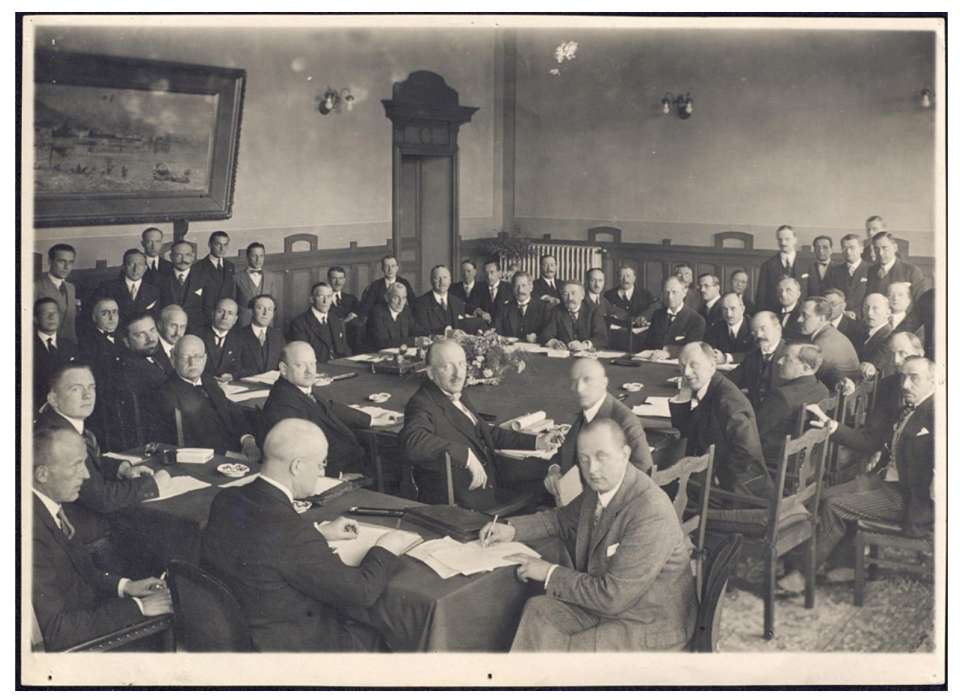
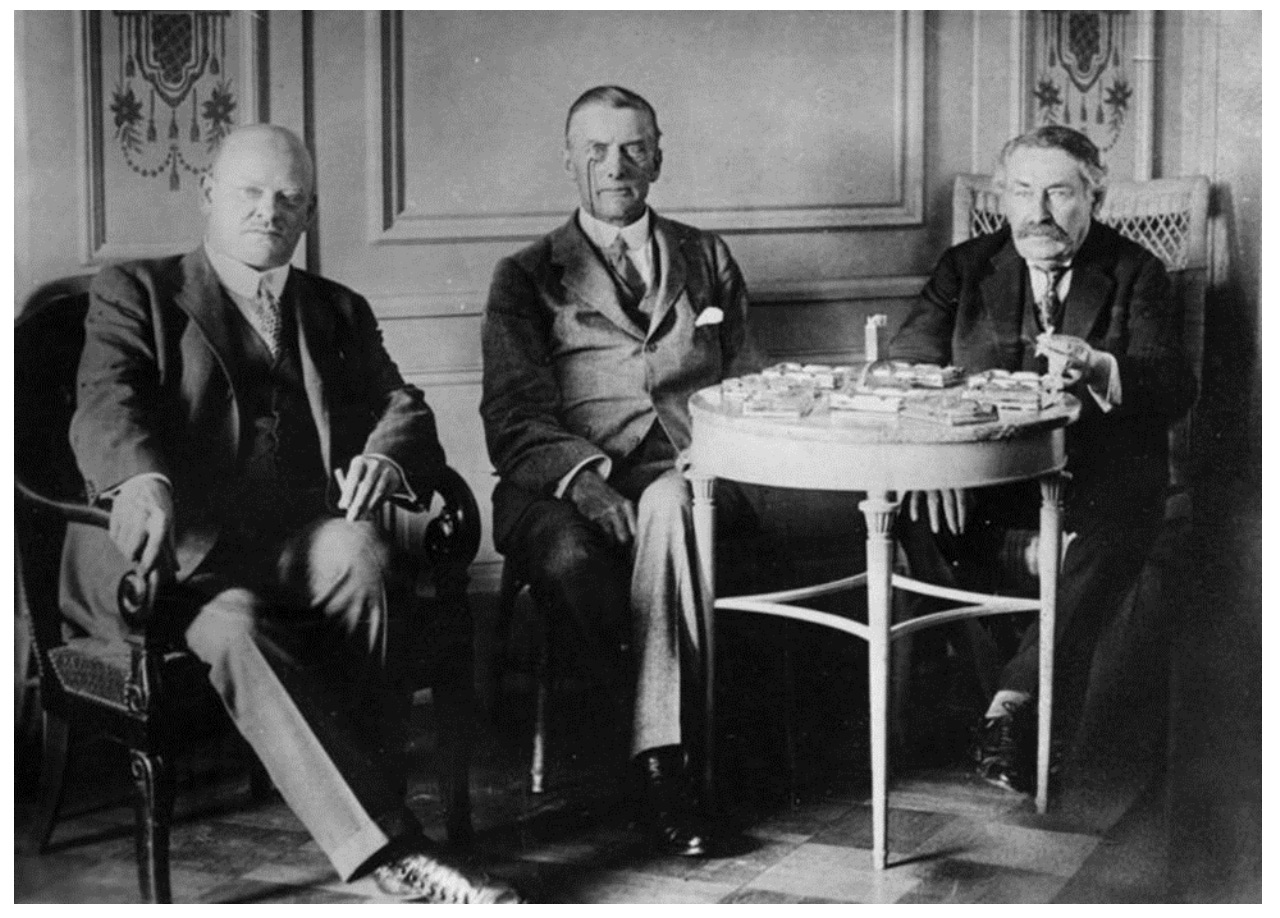
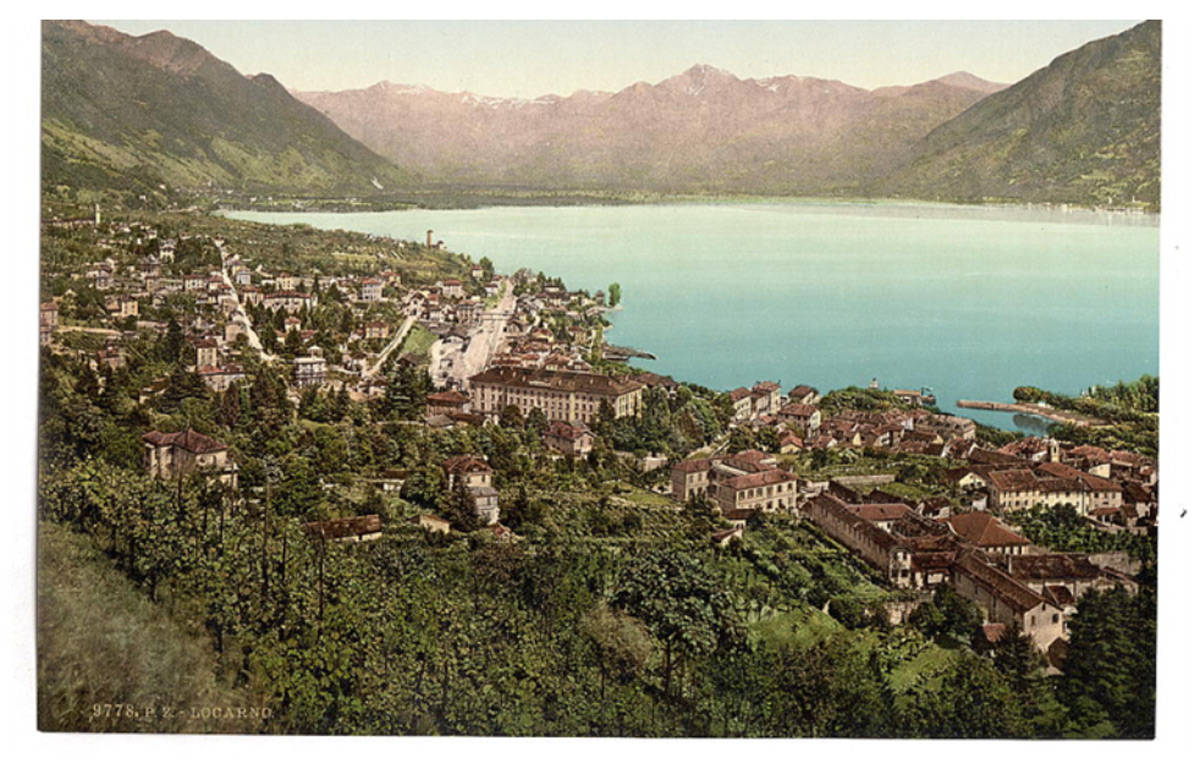
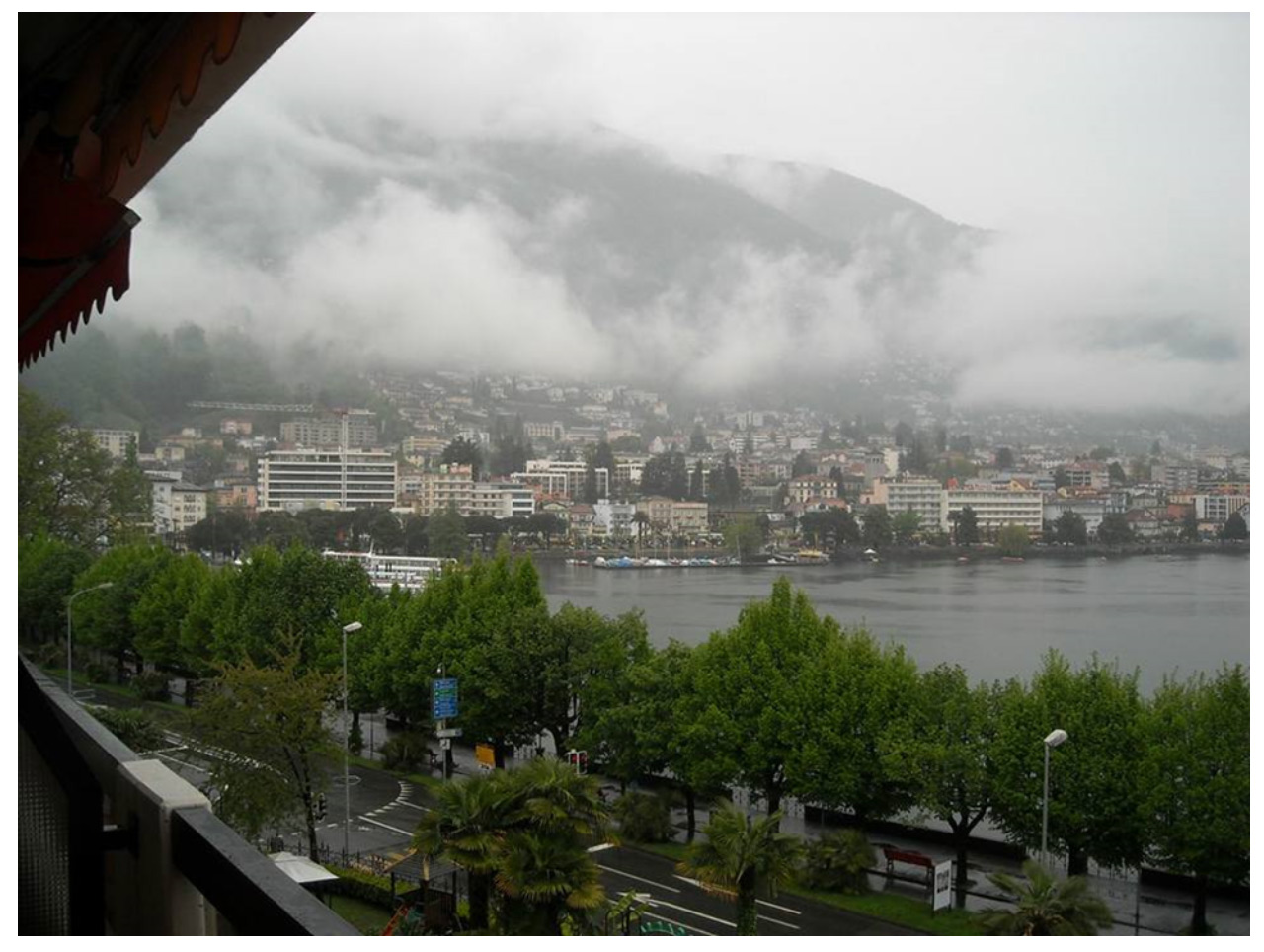
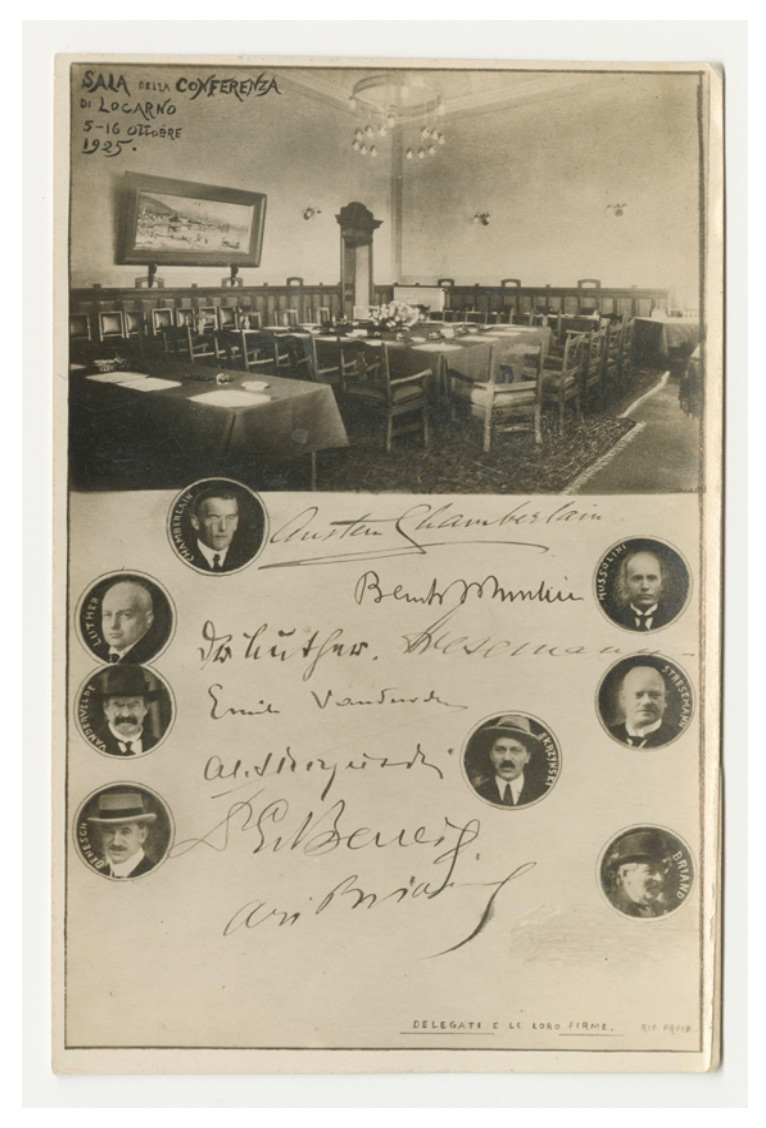
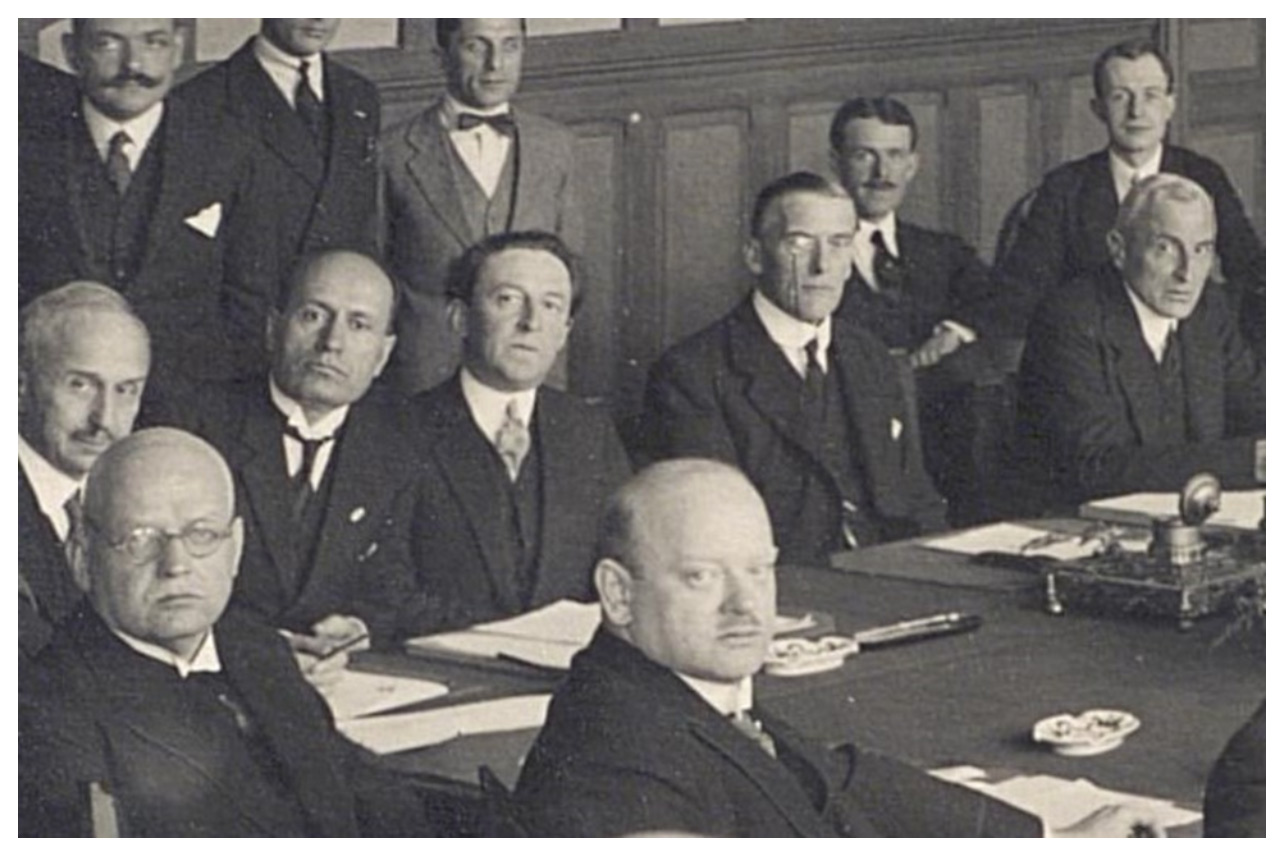
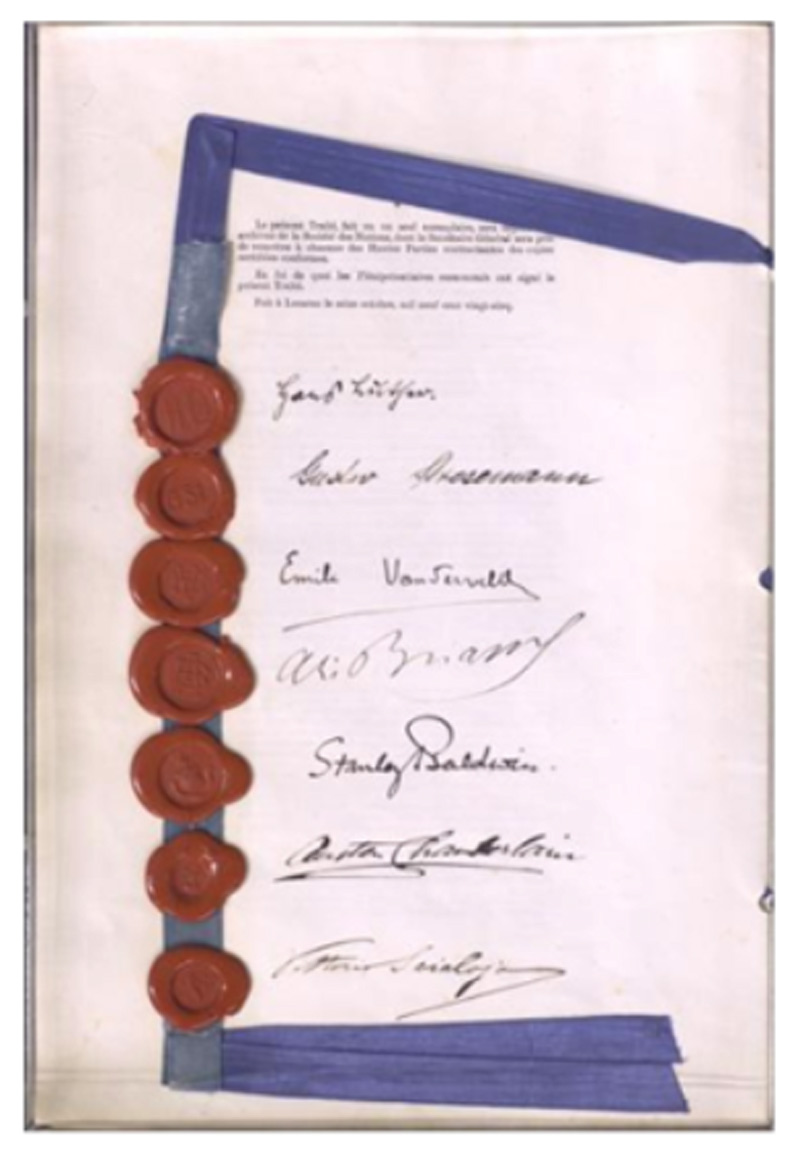
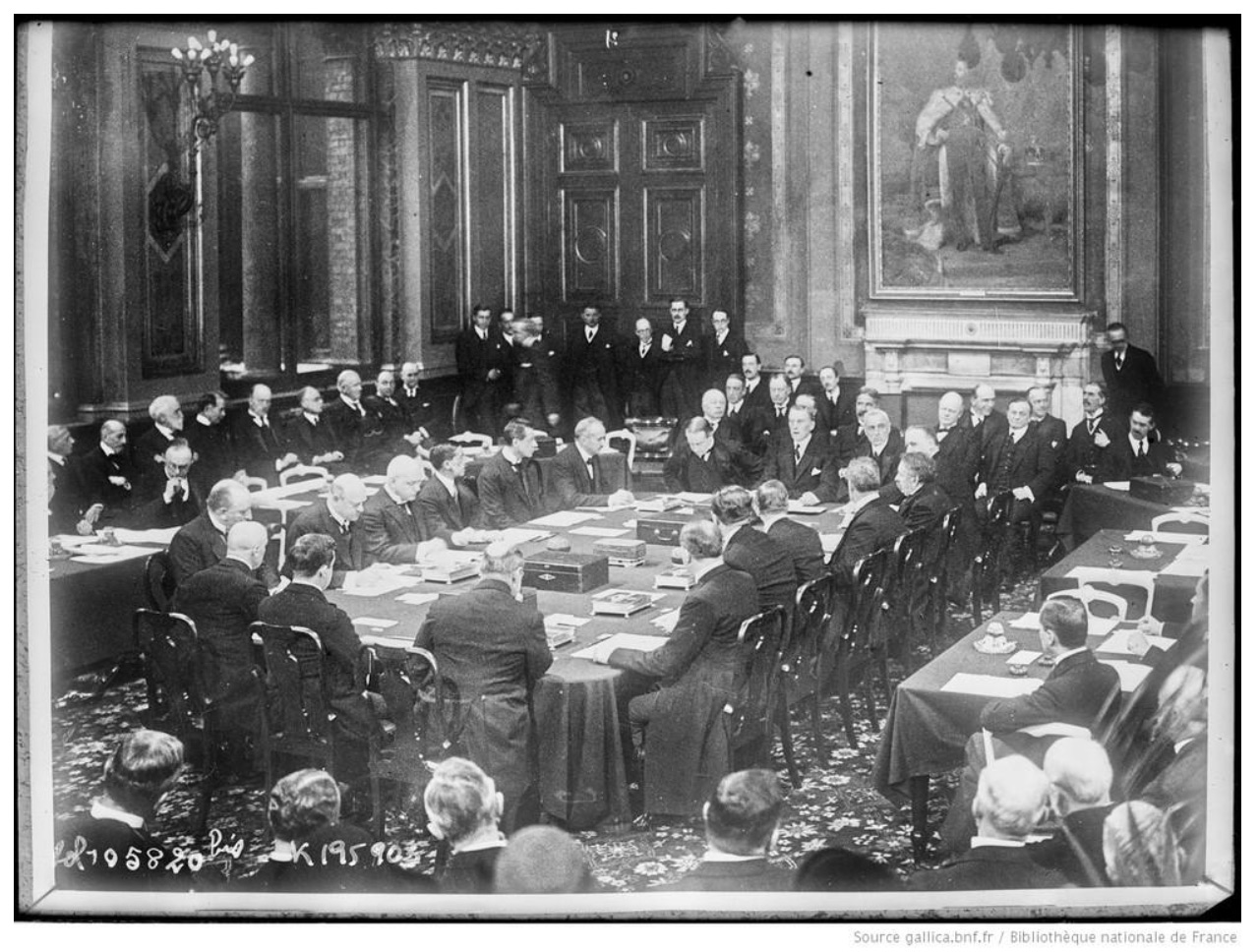
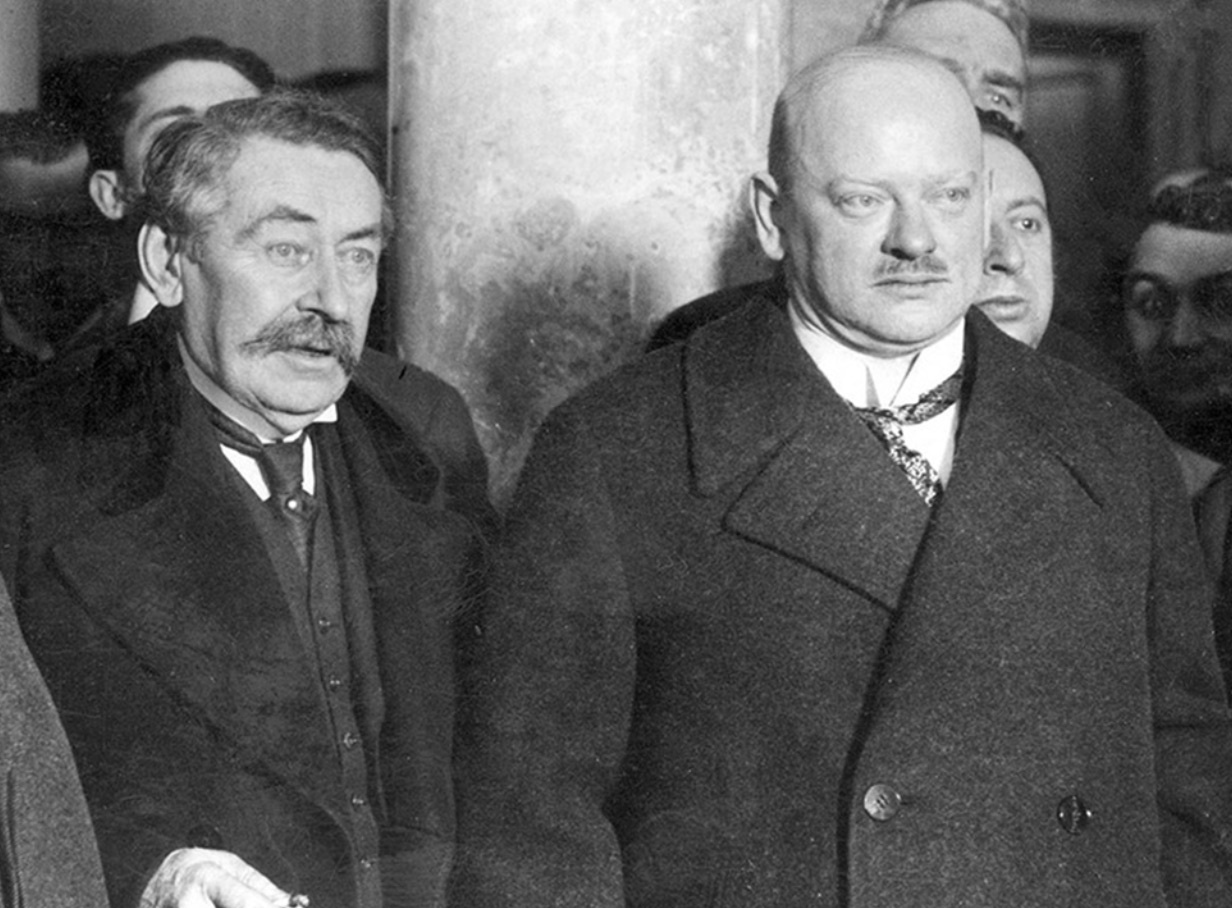

![Max Fuchs, New York City cantor, sings as Rabbi Sydney [sic] Lefkowitz, Richmond, VA, conducts the first Jewish services from Germany.](/sites/default/files/styles/max_650x650/public/2025-10/image1.jpg)






